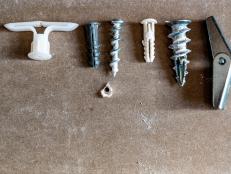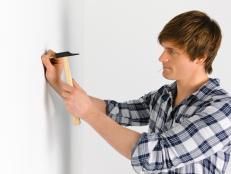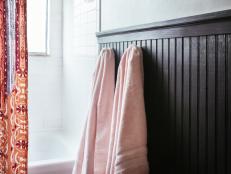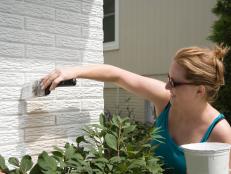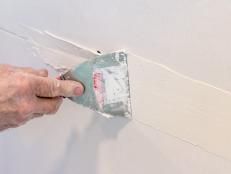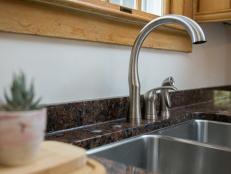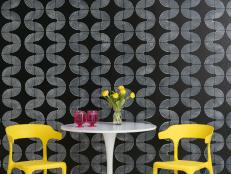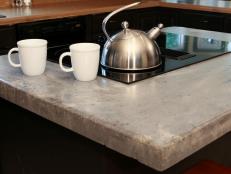How to Hang Drywall on a Cement Wall
Hanging drywall in a bare room, where you're down to the studs, it's simple: You hang it on the studs. You can also hang drywall over paneling - you just have to make sure to hit the wall studs.
An exterior wall, though, presents another opportunity. When you attach drywall to a cinderblock or cement wall, you'll need something called hat channel, so named because it is shaped like a hat when viewed from the side. Here's how to attach the hat channel to the cinderblock walls and then install drywall:
Materials and Tools:
drywall
safety glasses
ear protection
hat channel
concrete nails
concrete-nail gun
automatic screw gun
faux top and sole plates
rigid board insulation
heavy-duty adhesive
Steps:
1. Use concrete nails and a concrete-nail gun to attach the hat channels to the wall after drawing a plumb line to make sure you've spaced the hat channels properly for the size of drywall and insulation you're using. Drive three concrete nails, spaced at even intervals, through each side of each hat channel.
Safety alert: When using a concrete-nail gun, or any other tool that's propelled with a gas cartridge and a battery, make sure you wear eye and ear protection.
2. Frame out the rest of the wall by adding faux top and sole plates, dropping the top a bit for a drop ceiling - if that's an issue - and framing around any plumbing.
3. Add some rigid board insulation between the hat channels. It won't insulate a lot, but it will provide some reflective heat. Use a thick zigzag bead of heavy-duty adhesive to glue on the insulation. Cut around any electrical or plumbing you come across.
4. Attach the drywall, starting with the ceiling and then moving down the walls. Mark plumb lines on the drywall that correspond to the hat channels below. Ask someone to hold the drywall in place while you screw it into the hat channels with an electric screw gun.
5. To finish the wall, proceed from here with the taping and mudding, or hire a professional to do the finishing.
Drywall is the most common type of finish for walls and ceilings. It's made from gypsum (calcium sulfate), which is ground up, made into plaster and pressed between paper in the factory. Drywall is available in different thicknesses up to 5/8 of an inch. It usually comes in 4-, 8- or 12-foot lengths. Long sheets create fewer seams, and the 5/8-inch thickness is more soundproof than the thinner versions.







